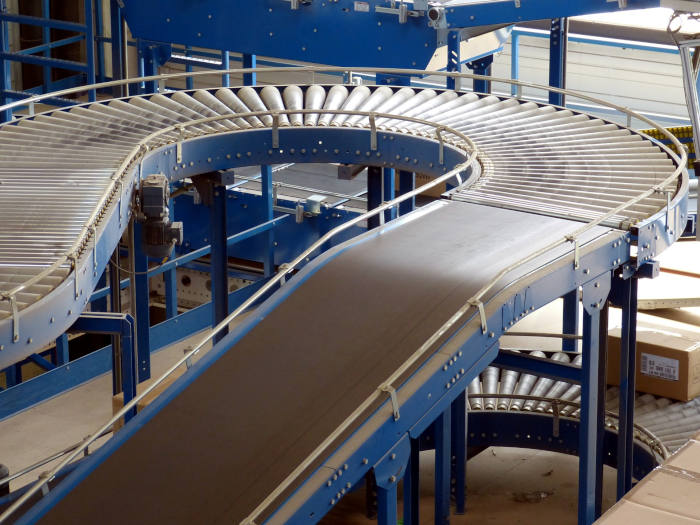Older workers in China and other Asian nations are most vulnerable to displacement from increasing adoption of workplace automation, according to “The Twin Threats of Aging and Automation,” a new report released today by Marsh & McLennan Companies’ Global Risk Center.
The convergence of an aging global population with workplace automation is expected to have significant economic and societal consequences, particularly in major Asian countries, where low-skilled workers between the ages of 50 and 64 are becoming an increasingly greater proportion of the active workforce.
To garner insight on the related risks of societal aging and workplace automation, the Global Risk Center brought together experts from two of Marsh & McLennan Companies’ leading professional services firms, Mercer and Oliver Wyman, to aggregate and analyze market-specific economic data to quantify the risk posed by automation to older workers in 15 countries across Asia, Europe and the Americas. The study found that five out of the top six countries – China, Vietnam, Thailand, South Korea and Japan – were located in the Asian Pacific.
“While businesses today are racing to adopt intelligent technologies, the fallout of this shift could disproportionately impact older workers, leading to unemployment, widening inequality and greater strain on safety nets,” said Axel Miller, Oliver Wyman partner and co-author of the report. “Even as older workers in aging nations are willing and able to engage in meaningful work, those skilled in the ‘yesterday’ work environment might be at risk of being excluded from the economy of tomorrow.”
Key Findings of the Report Include:
- Older worker jobs in China are at the greatest risk of displacement. On average, Chinese workers are doing jobs that are 76 percent automatable.
- Canada (47 percent) and Australia (42 percent) have the lowest rates of aging of the 15 markets analyzed and the lowest risk scores, making older workers in these countries relatively less susceptible to automation.
- Even in countries with high concentrations of advanced-skill workers whose jobs are typically harder to automate – including Singapore, Japan, South Korea, Germany and Italy – older worker jobs are still relatively susceptible to automation and worker displacement can occur across occupations and age groups.
- In the United States, older workers are doing jobs that are on average 52 percent automatable.
“Automation enables unprecedented levels of productivity and gives firms the ability to invest in new revenue streams and younger workers,” said Patty Sung, a principal with Mercer and co-author of the report. “However, investing in younger workers will become challenging as the younger population shrinks. Governments and companies should not – and cannot – ignore older workers, and need plans that address older workers in addition to their larger digital strategies.”


